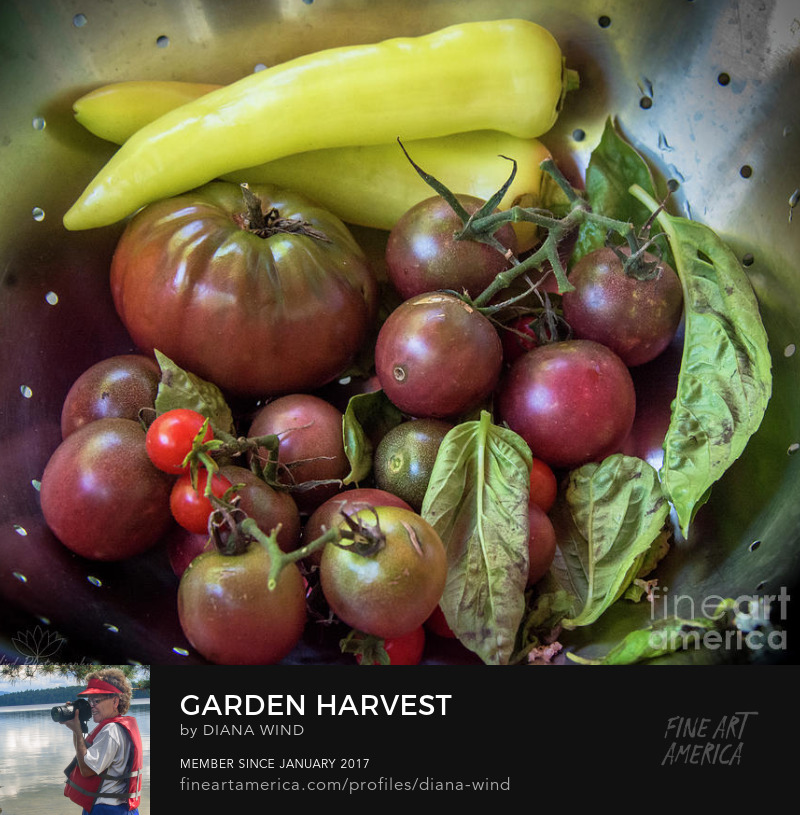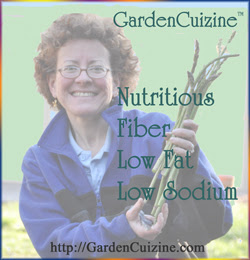Nutrient Dense
Sautéed Kale
with roasted Tahini Sauce
Back in the day, a favorite staple at my health food restaurant was Kale drizzled with tahini sauce. This was 15-25 years ago when Kale was not even popular in the main stream. Our health conscious customers would eat their kale and always comment "What was on the greens?" We sold many bottles of Helen's Pure Foods Michele's Sesame Tahini dressing back then. Michele's dressing is still available in the Philadelphia area if you want to check it out. Tahini dressing is high in fat*, so use it sparingly. *heart healthy monounsaturated fat from the pureed sesame seeds. You can whip up your own sesame tahini sauce at home too. All you need is some roasted tahini. with roasted Tahini Sauce
Many sesame tahini brands are on the market; look for roasted versus raw for best flavor. I often use Joyva brand. Having the highest oil content of any seed, sesame tahini will have a layer of oil on top even more than what you see with pure, natural peanut butter. It takes a little patience initially to cut into the settled brick of nut paste. Slowly cut and mix it to an emulsified consistency; it will be liquidy and much thinner than peanut butter. After mixing, store sesame tahini in the refrigerator and use as needed. Tahini adds flavor to homemade hummus recipes too.
Nutrient Dense Kale
Cruciferous vegetables include kale, cabbage, kohlrabi, cauliflower, collards, arugula, mustard greens, horseradish, broccoli, bok choy, watercress and Brussels sprouts. They are all cole crop members of the botanical genus Brassica. Kale (Brassica oleracea) has a long history and has been cultivated in kitchen gardens for over 2,000 years.
Brassica veggies provide a wealth of nutrition and health benefits. Beneficial compounds may help prevent cancer. Boiling may decrease the bioavailability of beneficial glucosinolates, so steaming or sautéing is recommended as a preferable cooking method. Eat more of these vegetables as part of your healthy diet. To make Kale with roasted tahini dressing here's what you will need:
Serves 4 (with plenty of extra dressing to save for another time)
Ingredients
bunch Kale - from your garden or from the market - organic preferably
1/2 cup chopped yellow onion
clove garlic
1/8 teaspoon dried hot pepper - optional
Tahini dressing:
4 tablespoons roasted sesame tahini
1/4 cup plus 2 tablespoons water
2 tablespoons fresh squeezed lemon juice
splash low sodium soy sauce
splash hot chili sesame oil
Putting it all together
- Rinse kale; no need to use a salad spinner to dry kale; any water on the leaves will help cook the kale
- Pull kale off stems and break into bite size pieces using your hands; set aside in a strainer
- chop the kale stems into small pieces
- chop the onion
- Mince garlic and if desired, pinch dried hot pepper from your garden
In a wok or large skillet, heat olive oil - sauté chopped onion and kale stems until onion is transparent and kale bits are tender. Add garlic, stir. Add kale and stir. Add a little (1-3 tablespoons) water, cover and simmer until tender.
Serve kale drizzled with tahini dressing and enjoy!
Grow your own Kale
Seeds are available from many providers. Look for heirlooms.
GardenCuizine Kale Nutrition Data: approximately 2 cup raw/ 1 cup sautéed Kale (not including other ingredients)
Excellent source: Vitamin A, vitamin C, Vitamin K, Copper, Manganese, Isothiocyanates
Good source: dietary Fiber, Thiamin, Riboflavin, vitamin B6, Folate, Calcium, Potassium
Dietary Fiber 2.6g (10% DV); Protein 4.4g (8% DV); omega 3 fatty acids 242 mg; Vitamin A 20,604 IU (412% DV WOW!); Vitamin C 160mg (268% DV); Vitamin K 1,094 mcg (1,368% DV); Thiamin 0.2mg (10% DV); Riboflavin 0.2mg (10% DV); Vitamin B6 0.4mg (18% DV); Folate 38mcg (10% DV); Calcium 181mg (18% DV); Potassium 598mg (18% DV); Copper 0.4mg (20% DV); Manganese 1.0mg (52% DV)
Related Links
Growing Cole Crops
Crispy Kale Chips
Eat More Kale - but Make Sure it's Edible Kale
Photo collage and blog post Copyright (C)2013 Wind. All rights reserved.
































